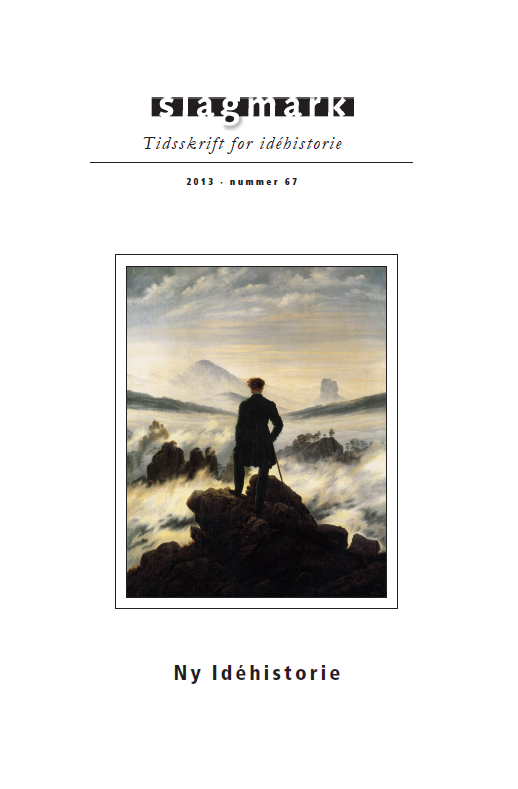Den kognitiva vändningen - Idéhistoria och det mänskliga tänkandets historia
DOI:
https://doi.org/10.7146/sl.v0i67.104252Keywords:
cognitive history, history of ideas, situated cognition, distributed cognition, metaphorsAbstract
The last two decades have seen a noticeable increase in cognitive science studies that has changed the understanding of human thinking. Historians cannot ignore this any more. Cognitive history could be explained as the study of how humans in history used their cognitive abilities in order to understand the world
around them and to orient themselves in it, but also how the world outside their bodies affected their way of thinking. In focus in this article is the relation between history and cognition, the human mind’s interaction with the environment in time and space. I will especially discuss certain cognitive abilities in interaction with the environment, which can be studied in the historical sources, and be put to the test, namely: embodied mind, situated cognition,
perception, distributed cognition, conceptual metaphors, and communication. I also give concrete empirical examples of how a cognitive-historical analysis can provide more fundamental explanations for what happens in cultural encounters, when a human being meets another and tries to understand another culture
or another foreign environment. By these cognitive theories we can come closer to an understanding of how (not only what) people thought, and study the interaction between the human mind and the surrounding world. The most ambitious aim of such a cognitive history could be, in the long run, to also inform
the research on the cognitive evolution of the human mind.





